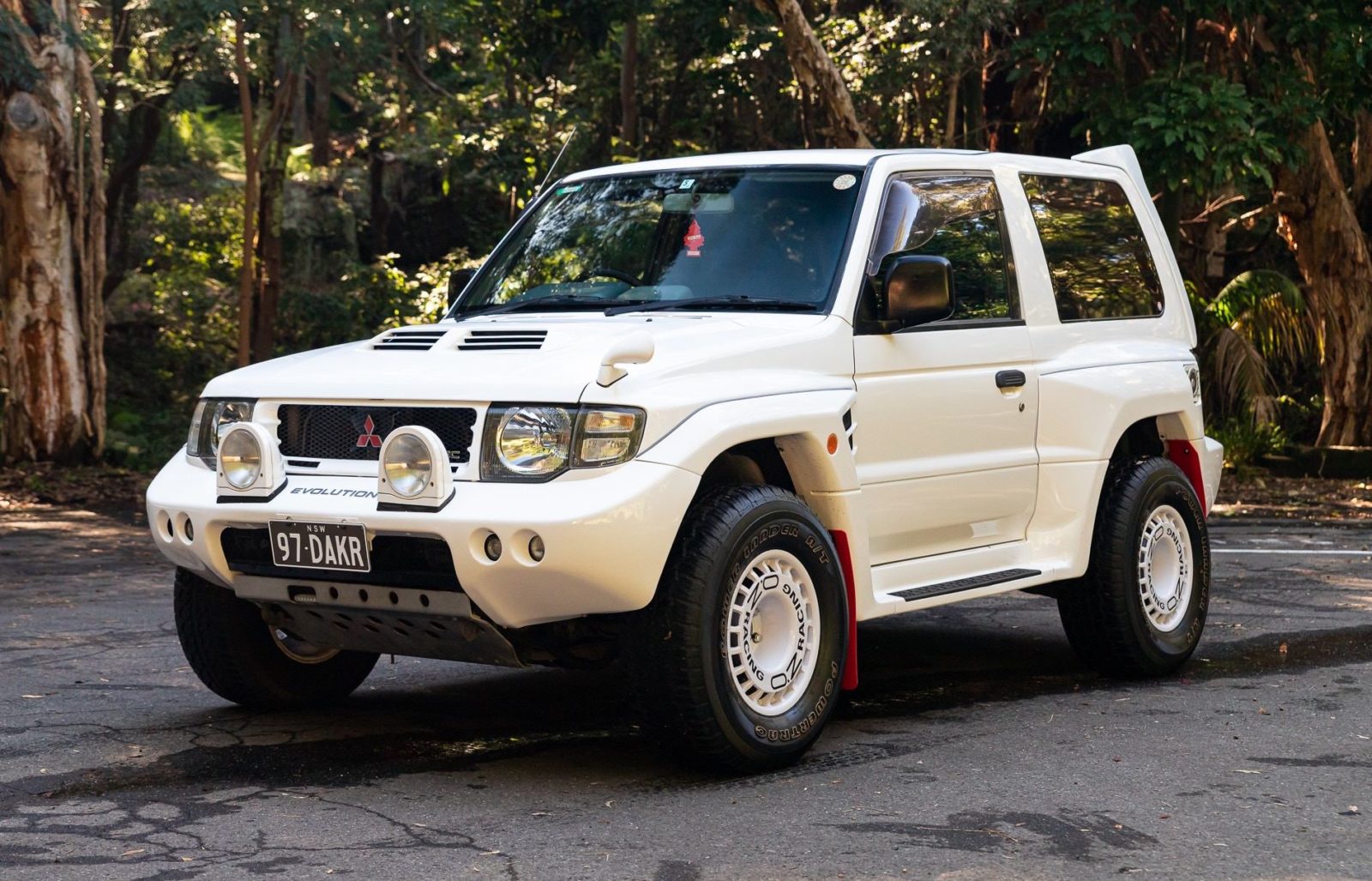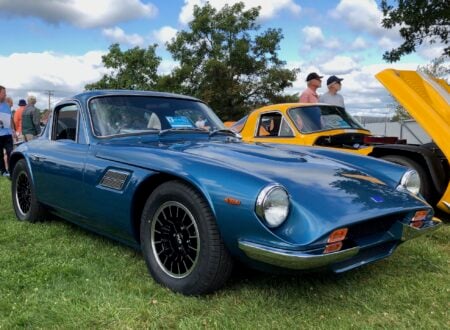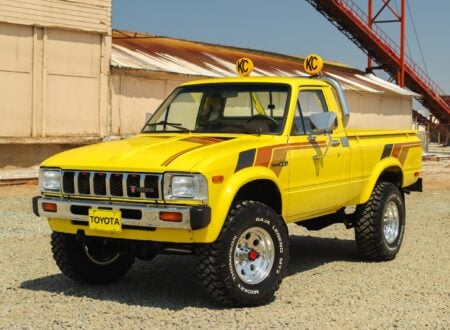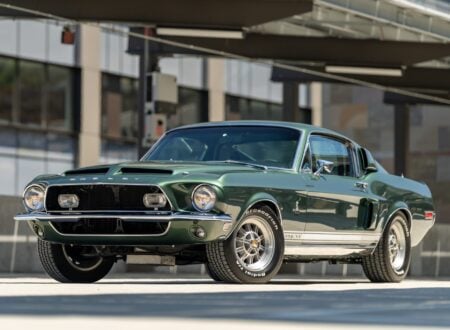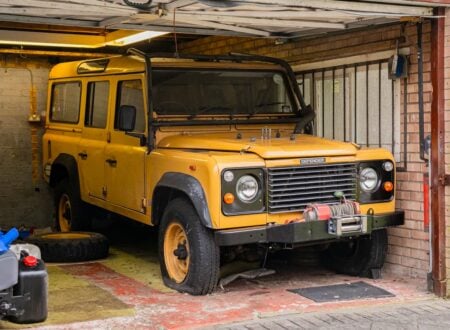The Mitsubishi Pajero Evolution was released in 1997 as the Japanese automaker’s latest Paris-Dakar Rally challenger. 2,500 road-legal versions were made for homologation purposes, internally codenamed V55W, and today they’re highly collectible.
Mitsubishi still holds the Guinness World Record for having the “Most Dakar Rally Wins by An Automobile Manufacturer.” In total the company has 12 victories and 150 stage wins, as well as a slew of class wins from 1985 to 2007.
Fast Facts – The Mitsubishi Pajero Evolution
- The Mitsubishi Pajero Evolution was released in 1997 and sold until 1999, just 2,500 road-going versions were made for homologation purposes.
- By the time of the release of the Mitsubishi Pajero Evolution, Mitsubishi already had a long and proud history of Paris-Dakar and rally raid participation, with a number of wins under their belt.
- The Mitsubishi Pajero Evolution is powered by a 3.5 liter 24 valve DOHC V6 6G74 engine with MIVEC (Mitsubishi Innovative Valve timing Electronic Control system) and a dual plenum variable intake.
- This engine produces 276 bhp at 6,500 rpm, most are paired with a 5-speed tiptronic automatic transmission, however some cars did get a 5-speed manual.
Mitsubishi – “King Of The Dakar”
Mitsubishi’s exploits in the Paris-Dakar Rally are the stuff of legend, the first Pajero took part in the Dakar back in 1983, by 1985 the model took its first win. It would be the first of a dozen outright wins and many more class wins over a period of 22 years from 1985 to 2007.
Above Video: This is the official review of the 1998 Paris-Dakar Rally, Mitsubishi would win again, this time with their new Pajero Evolution.
The 1997 Paris-Dakar Rally would be won by Mitsubishi however the new Mitsubishi Pajero Evolution hadn’t been officially homologated yet and so the previous generation vehicle was used – the Pajero T2.
Despite the fact the Pajero T2 was a little long in the tooth it still won the event, thanks in no small part to the driver Kenjiro Shinozuka – the first non-European driver to win the event. Shinozuka had an incredible career that began in 1967 and continued to 2007, he would also become the first Japanese driver to win a WRC event.
In 1998 it was the turn of the new Mitsubishi Pajero Evolution to compete in the Dakar, unsurprisingly it won first time out with French driver Jean-Pierre Fontenay at the wheel and co-driver Gilles Picard on navigation.
Mitsubishi Pajero Evolution – Specifications
The Mitsubishi Pajero Evolution was released in 1997 and sold until 1999, the only reason a street-legal version was offered was to homologate the vehicle for the Paris-Dakar Rally, and other rally raid entries.
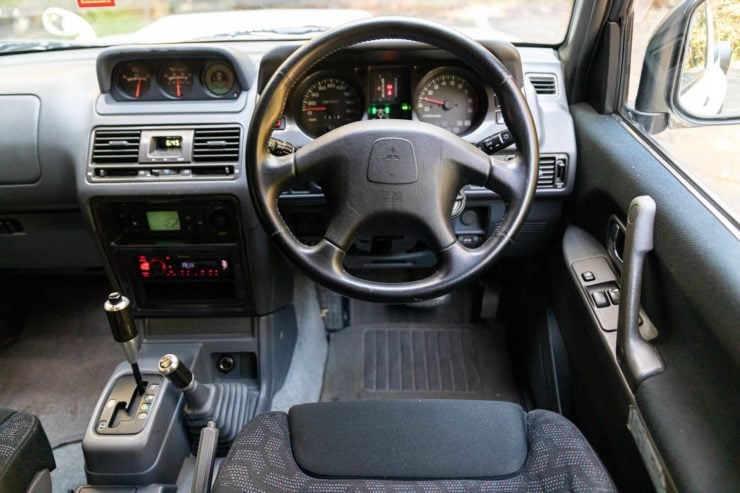

It was based on the second generation Pajero but included a wide range of changes to make it better suited to high-speed off-road use.
The two-door body has wide flared fenders, a look that became a signature of the model. It has two fin-like spoilers on the back of the roof, a hood scoop, Recaro front seats, and vents on the rear side of the front fender flares.
The Pajero Evolution has independent front and rear suspension, with double wishbones up front and multi-link independent suspension on the rear that was unique to this model.
The vehicle was also equipped with limited slip differentials, a locking centre differential, and underbody protection to avoid damage from rocks and debris off road.
Power is provided by a 3.5 liter 24 valve V6 engine with MIVEC, Mitsubishi’s variable valve technology – the acronym stands for “Mitsubishi Innovative Valve timing Electronic Control system.”
This V6 produces 276 bhp at 6,500 rpm and power is sent back through either a 5-speed automatic or a 5-speed manual transmission, though the manual box is relatively rare.
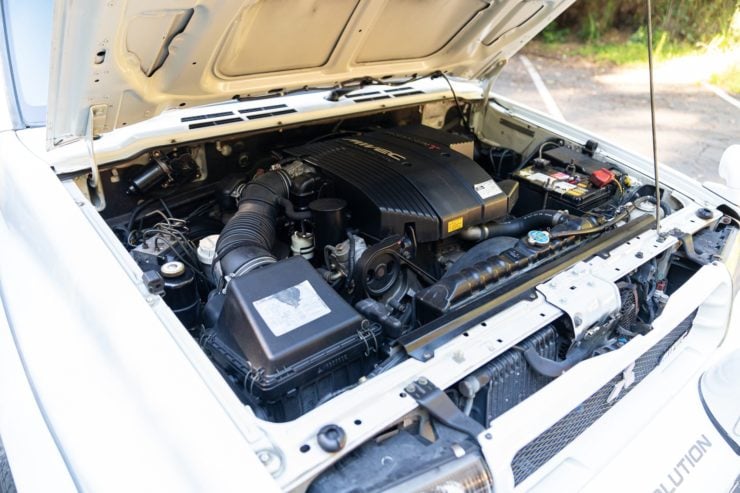

With just 2,500 made the Pajero Evolution is now highly collectible, perhaps the biggest issue being that good examples come up for sale relatively rarely.
The 1997 Mitsubishi Pajero Evolution Shown Here
The Pajero Evolution you see here is from 1997, the first year of production. It has a number of rare options including front spotlights, a heavy-duty fuel filler cap, and a carbon fiber-trimmed gear selector.
It currently rides on a set of OZ Racing rally wheels, which certainly suit the model very well, but the original alloys come with it as part of the sale. It’s accompanied by its original toolkit and its most recent service was in December 2021, the fluids and battery were replaced, and the undercarriage was inspected.
It’s being offered for sale in a live auction on Collecting Cars out of Sydney in Australia. If you’d like to read more about it or register to bid you can visit the listing here.
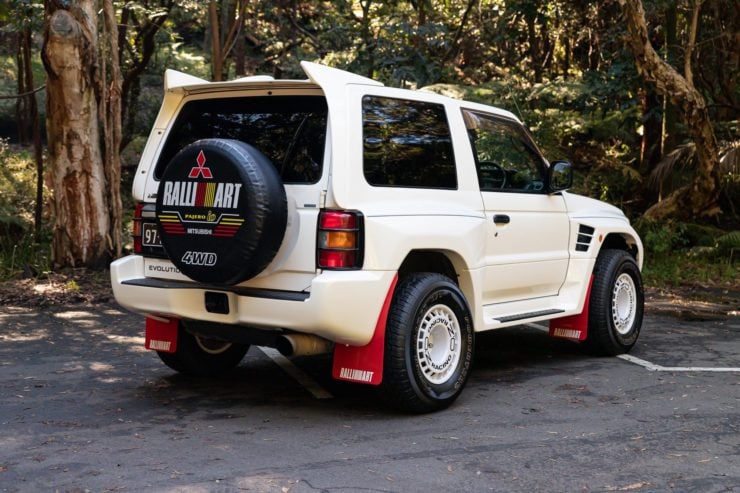
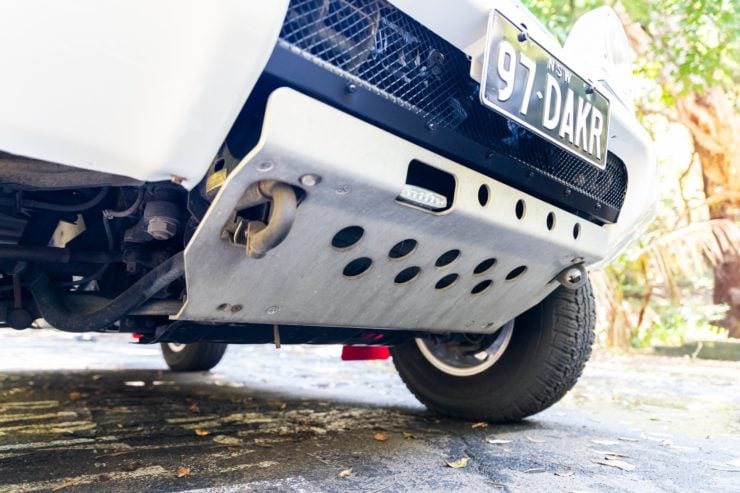
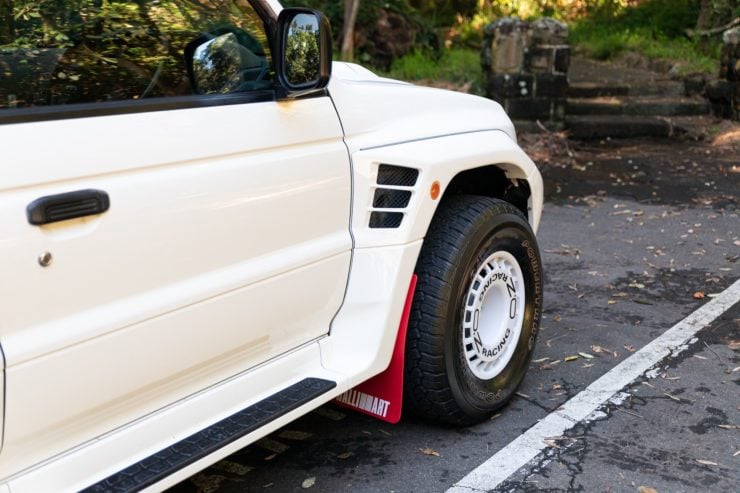
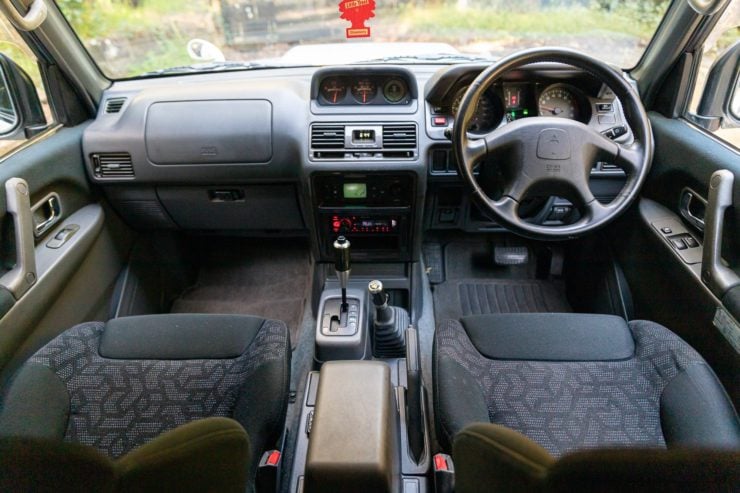
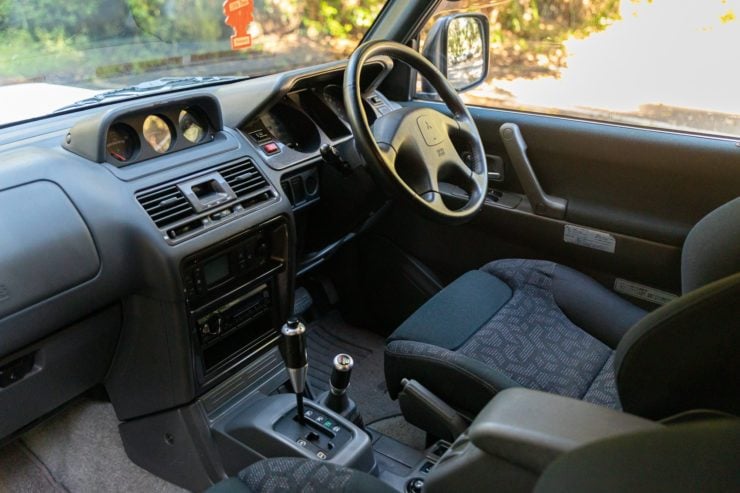
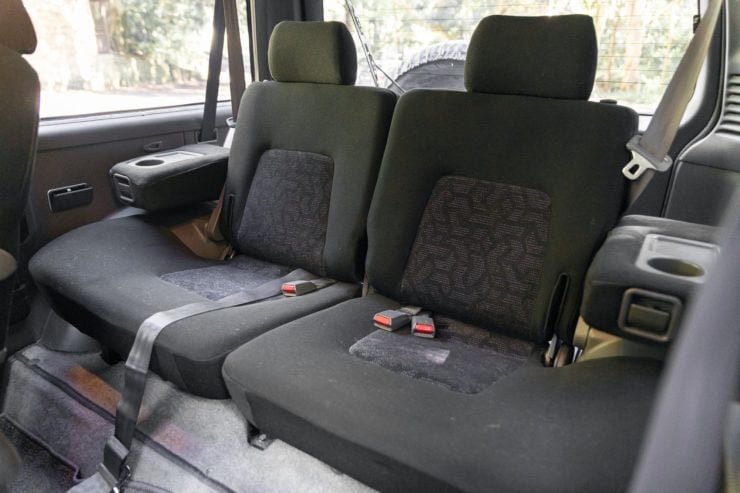
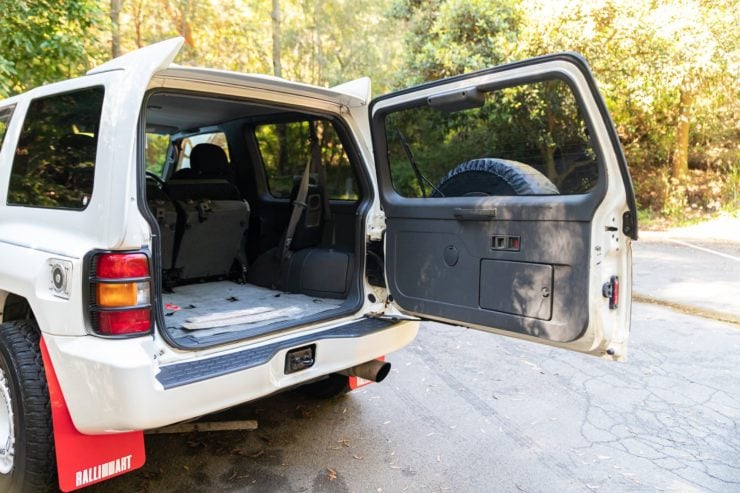
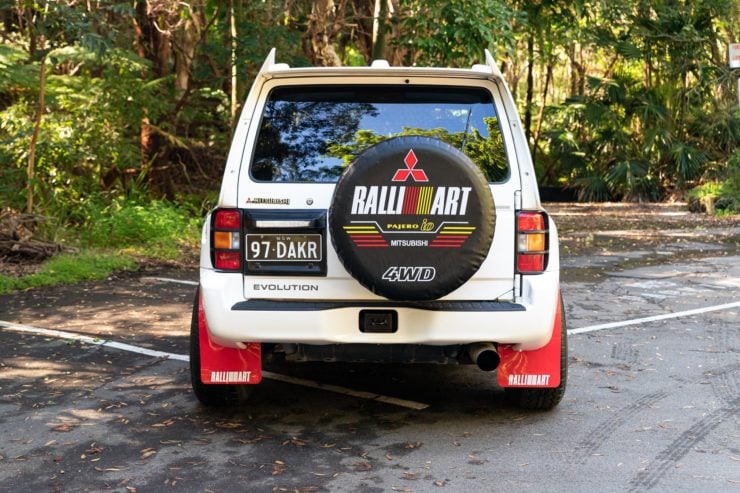
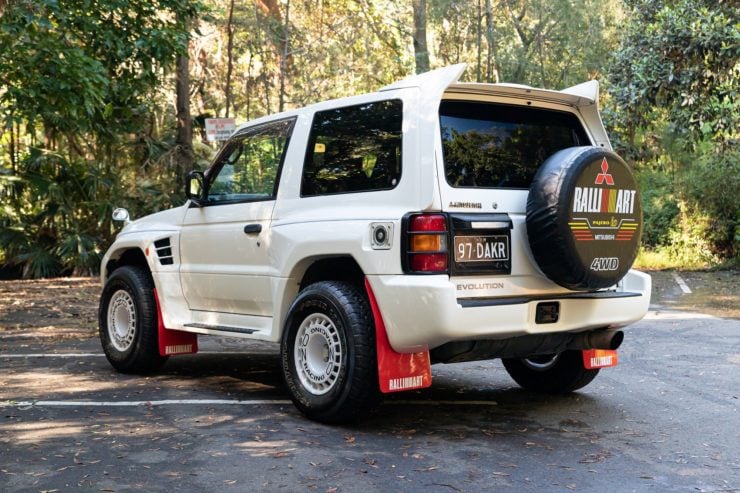
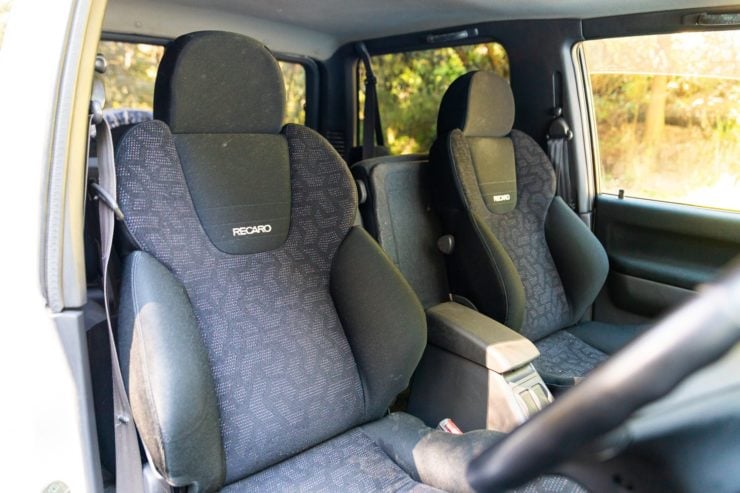
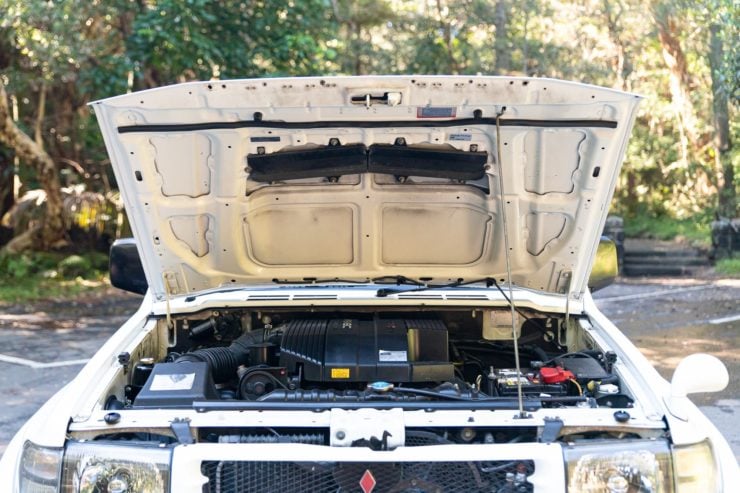
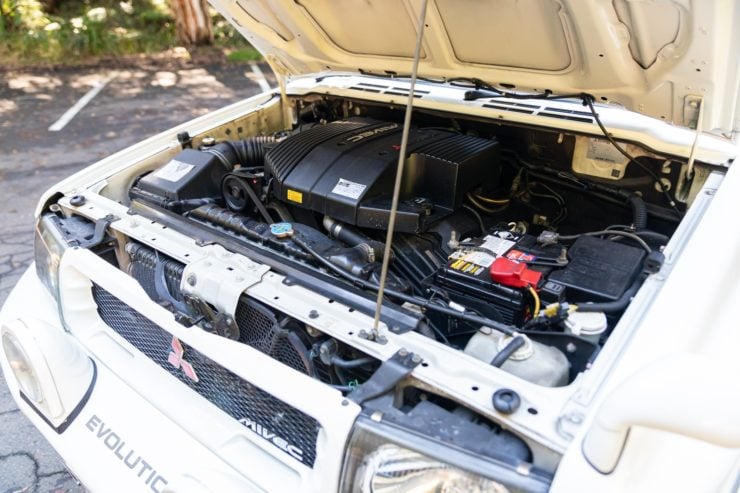
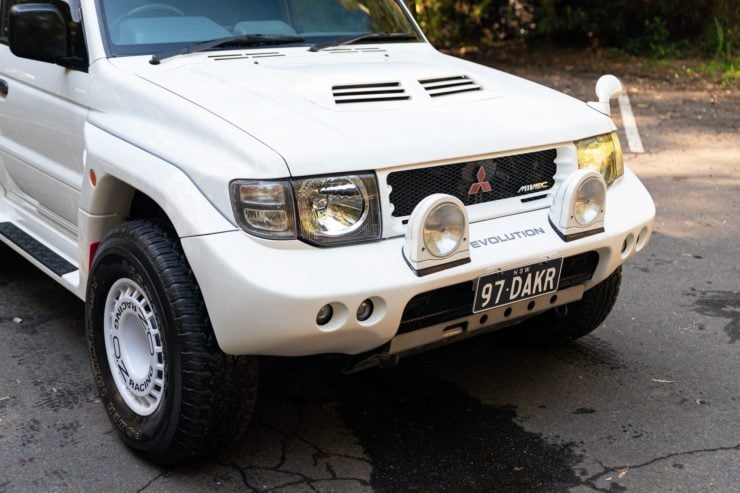
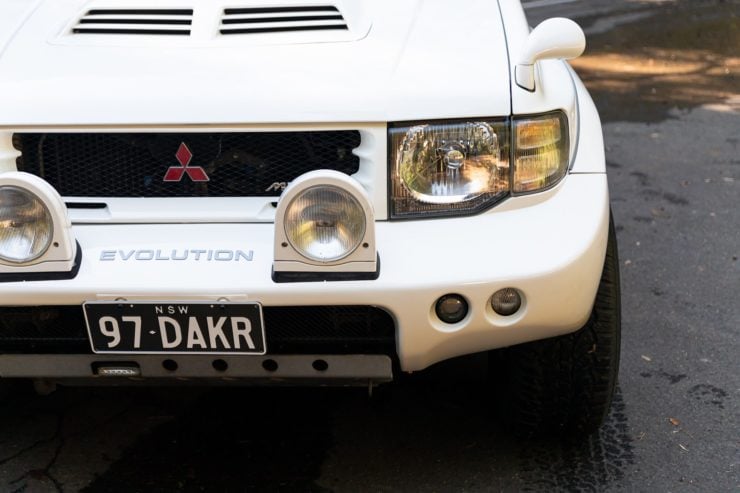

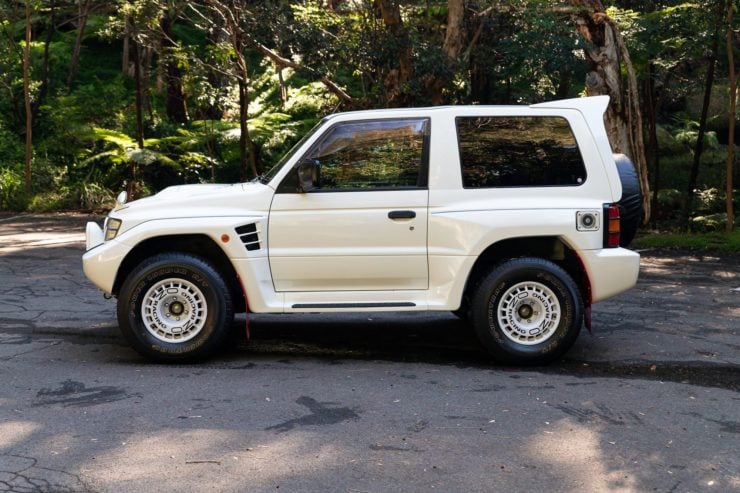
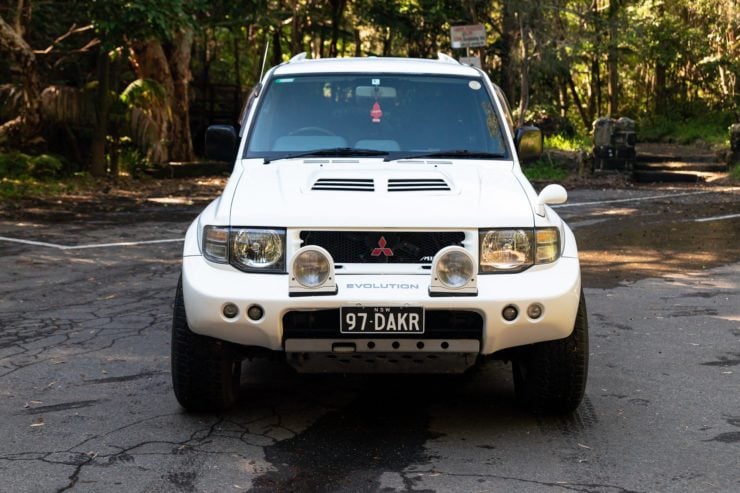
Images courtesy of Collecting Cars

